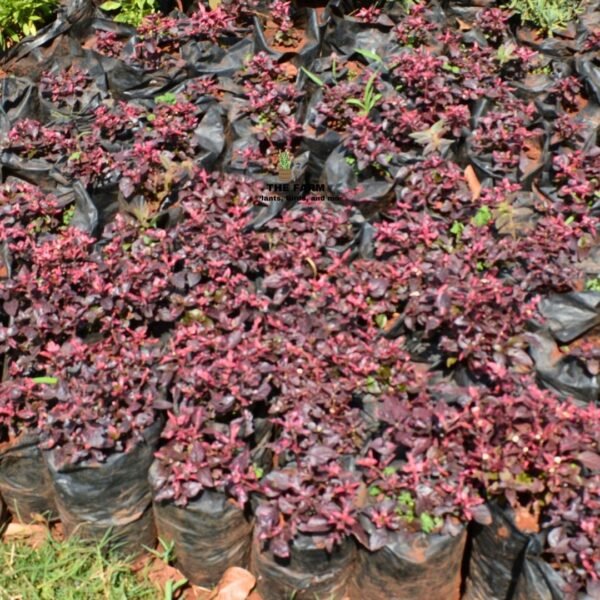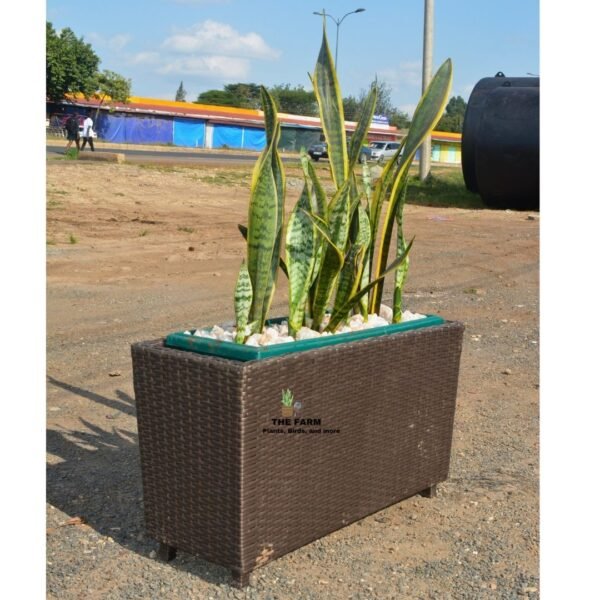Garden Plants
Royal Palm (Roystonea regia)
Original price was: KSh 4,500.00.KSh 2,999.00Current price is: KSh 2,999.00.Ruby Red Alternanthera Seedling in Kenya
Original price was: KSh 200.00.KSh 100.00Current price is: KSh 100.00.Sansevieria Trifasciata ‘Jade Dwarf’ Snake Plant
Original price was: KSh 2,000.00.KSh 1,299.00Current price is: KSh 1,299.00.Sansevieria Trifasciata Green Hahnii Snake Plant in a Plastic Planter
Original price was: KSh 2,000.00.KSh 1,299.00Current price is: KSh 1,299.00.Santolina Chamaecyparissus Seedling in Kenya
Original price was: KSh 500.00.KSh 200.00Current price is: KSh 200.00.Sapindus Rarak Plant Seedlings
Original price was: KSh 1,500.00.KSh 999.00Current price is: KSh 999.00.Schefflera Amate Soleil Seedling
Original price was: KSh 1,000.00.KSh 499.00Current price is: KSh 499.00.Snake Plant (Sansevieria trifasciata ‘Golden Hahnii’)
Original price was: KSh 2,000.00.KSh 1,299.00Current price is: KSh 1,299.00.Snake Plant and Rattan Planter
Original price was: KSh 9,999.00.KSh 8,899.00Current price is: KSh 8,899.00.Snake Plant seedlings
Original price was: KSh 499.00.KSh 299.00Current price is: KSh 299.00.snake plants in a concrete pot
Original price was: KSh 3,500.00.KSh 2,499.00Current price is: KSh 2,499.00.Song of India plant
KSh 3,500.00
Select options
This product has multiple variants. The options may be chosen on the product page













